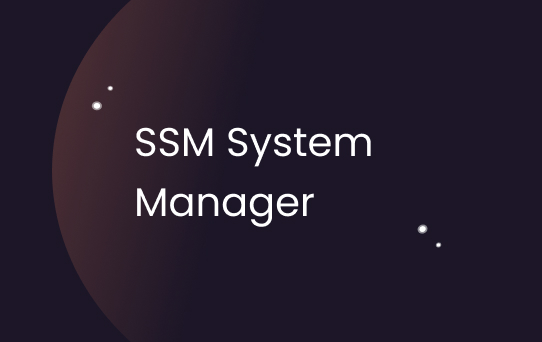What is AWS SSM System Manager?
AWS SSM, or Amazon Web Services Systems Manager, is an operations management service that provides a unified user interface so one can easily track and manage system configurations, patch installations, and operating statuses of your AWS resources. This service enables you to automate your cloud management tasks, thereby increasing efficiency and reducing errors. Its capabilities include inventory and compliance, patch management, automation, state manager, maintenance window, parameter store, and operational insights.
Why AWS SSM System Manager Exists?
AWS SSM System Manager was designed to reduce the operational overhead for IT admins and developers. It helps them keep infrastructure secure and compliant by scanning instances against AWS-configured or custom patch baselines. The primary purpose of AWS SSM is to simplify resource and application management, shortening the time to detect and resolve operational problems.
Who Needs AWS SSM System Manager?
Companies or individuals that rely heavily on AWS for their business operations, manage a large number of AWS resources or need a centralized solution to troubleshoot operational issues would benefit greatly from AWS SSM System Manager. Furthermore, organizations that have adopted a DevOps model or culture will find value in SSM's capabilities for consistent configuration compliance across a variety of resource types in the cloud.
Using AWS SSM System Manager
To use AWS SSM System Manager, one has to navigate to the AWS Management Console, locate the AWS Systems Manager home page and from there, one may choose the specific SSM features needed. These may include running command (to run commands remotely), state manager (to automate the process of keeping managed instances in a defined state), and maintenance windows (to schedule and define tasks to be carried out during set periods).
Beam is Entitle's Open Source project that offers a seamless way for organizations to access EKS and RDS in their organizations.
AWS SSM System Manager in Cybersecurity
In the context of cybersecurity, AWS SSM System Manager plays a crucial role in fortifying an organization's cloud infrastructure. By enforcing the principles of least privilege access and robust permission management, SSM minimizes the risk of unauthorized access and data breaches. By providing temporary access, it prevents superfluous long-term permissions that can be exploited by malicious actors. In this way, SSM bolsters cybersecurity and ensures better compliance with regulatory standards.








